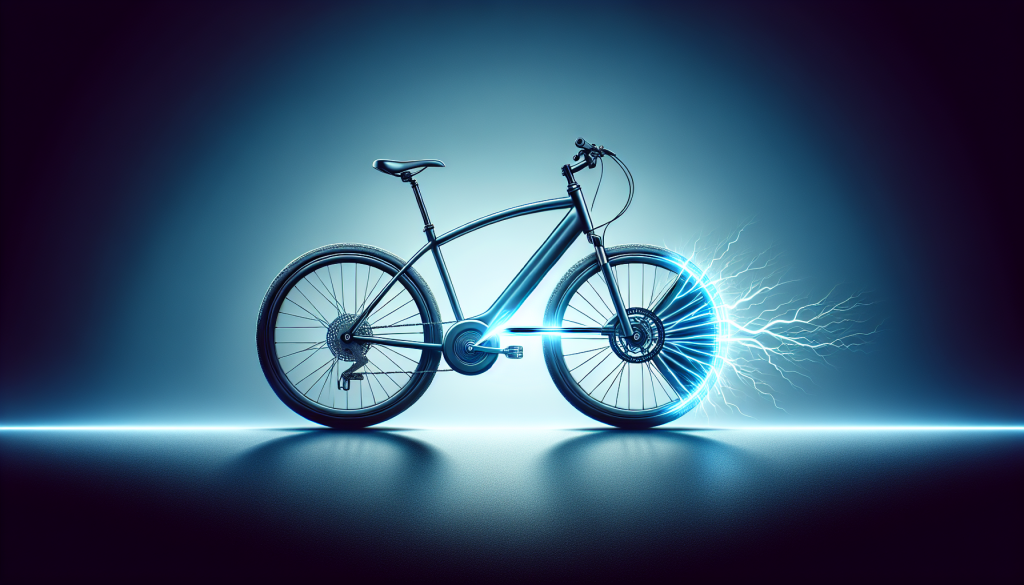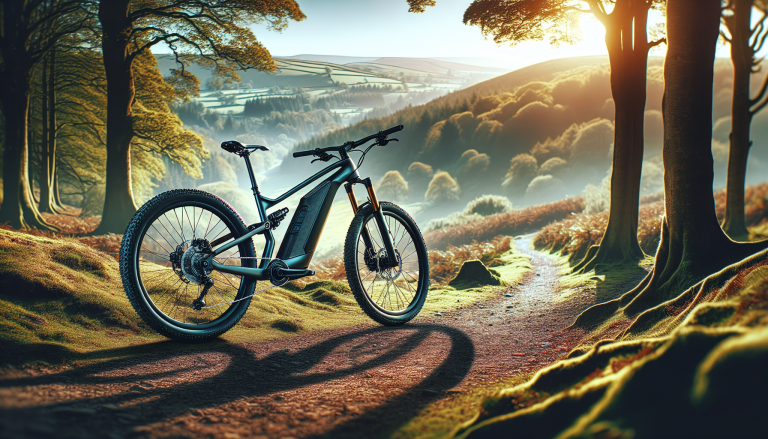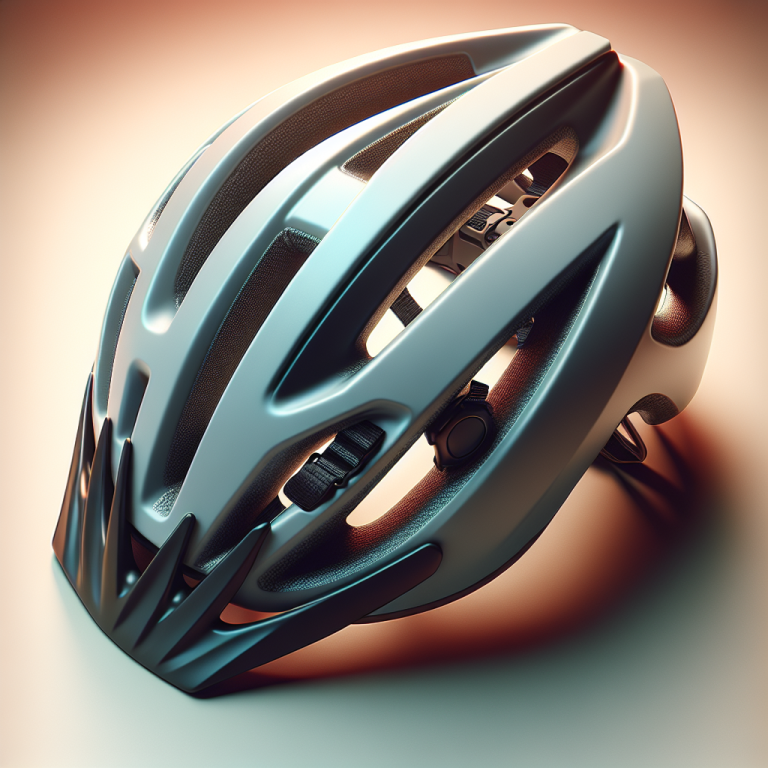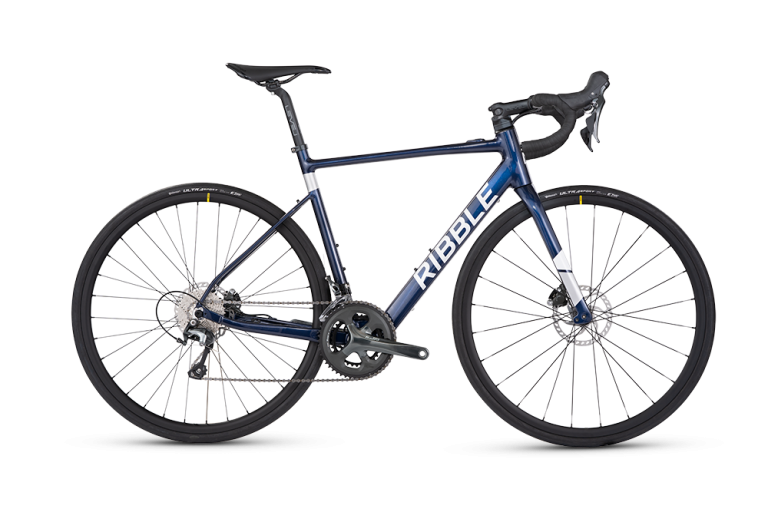Thinking about giving your bike a new lease on life? You might be surprised to discover that converting your regular bicycle into an electric one is not only possible, but also an exciting DIY project. With the growing popularity of e-bikes, many bike enthusiasts are exploring the option of converting their beloved two-wheelers into electrified wonders. Whether you’re looking to conquer challenging terrains or simply enhance your daily commute, converting your bike to electric can offer a thrilling and eco-friendly alternative. So, if you’re curious about the possibilities and eager to know more, read on!
Table of Contents
ToggleChoosing an Electric Conversion Kit
Considerations for choosing a conversion kit
When considering an electric conversion kit for your bike, there are several important factors to take into account. Firstly, you’ll need to consider the type of bike you have and its compatibility with a conversion kit. Additionally, you’ll want to think about the range and power you desire, the budget you have available for the conversion, and the level of technical expertise required for installation. By carefully considering these considerations, you can select the right electric conversion kit that meets your needs and preferences.
Types of electric conversion kits
There are various types of electric conversion kits available in the market. The most common ones include rear wheel, front wheel, and mid-drive conversion kits. Rear wheel conversion kits provide a balanced weight distribution and are relatively easy to install. Front wheel conversion kits offer a simpler installation process but may affect the handling of your bike. Mid-drive conversion kits are typically more powerful and provide better overall performance but require more technical expertise for installation. Understanding the differences between these types of conversion kits will help you make an informed decision.
Factors to consider when selecting a kit
When selecting an electric conversion kit, it is important to consider several factors. First and foremost, you’ll want to consider the power and range offered by the kit. The higher the power and range, the more suitable the kit will be for various terrains and distances. Additionally, you’ll want to consider the battery type, capacity, and charging time. Another important factor is the ease of installation and compatibility with your bike. Finally, it’s crucial to take into account the overall quality, warranty, and customer reviews of the conversion kit. By carefully considering these factors, you can ensure you choose a kit that meets your specific needs and requirements.
Assessing Your Bike for Conversion
Evaluating the compatibility of your bike
Before proceeding with a bike conversion, it’s essential to evaluate the compatibility of your bike with an electric conversion kit. One crucial aspect to consider is the frame of your bike. Ensure that the frame is sturdy and compatible with a motor and battery. Additionally, consider the availability of enough space to accommodate the motor, battery, and wiring. Checking the weight limit of your bike is also important to ensure it can handle the additional weight of the conversion kit.
Checking the frame and components
When assessing your bike for conversion, it is necessary to check the frame and components for any signs of damage or wear. Look for any cracks, dents, or rust on the frame, as these can affect the stability and performance of the bike. Additionally, inspect the drivetrain, gears, and brakes to ensure they are in good working condition. If any components are worn or damaged, it is advisable to replace them before proceeding with the conversion.
Assessing the wheel size and axle type
The size of your bike’s wheels and the type of axle it has are other important considerations for conversion. Different conversion kits may be designed for specific wheel sizes, so ensure that the kit you choose is compatible with the size of your bike’s wheels. Additionally, consider the type of axle your bike has, as some conversion kits may require specific types of axles. By assessing the wheel size and axle type of your bike, you can ensure a smooth and successful conversion process.
Preparing Your Bike for Conversion
Gathering the necessary tools and equipment
Before starting the conversion process, it’s important to gather all the necessary tools and equipment. Typically, you will need wrenches, screwdrivers, Allen keys, cable cutters, and possibly a torque wrench. It’s also a good idea to have electrical tape, zip ties, and lubricants on hand. Make sure you have a clean and well-organized workspace to carry out the conversion process efficiently.
Removing unnecessary components
To make room for the conversion kit components, you’ll need to remove any unnecessary parts from your bike. This may include the front or rear wheel, pedals, chain, and derailleur. Additionally, you may need to remove any accessory mounts, such as bottle cages or fenders. Ensure that you keep track of all the removed components and store them safely for future use or resale.
Cleaning and prepping the bike
Before installing the conversion kit, it’s important to thoroughly clean your bike. Remove any dirt, grime, or grease that may hinder the installation process. Pay close attention to the areas where the conversion kit components will be mounted, as they need to be free from any debris. Cleaning your bike also allows for a better overall aesthetic once the conversion is complete.
Installing the Conversion Kit
Mounting the motor and battery
The first step in installing the conversion kit is mounting the motor and battery onto your bike. Follow the manufacturer’s instructions carefully to ensure proper alignment and secure mounting. The motor is typically mounted on the frame, either in the front or rear, depending on the type of conversion kit. The battery, on the other hand, can be mounted on the frame or attached to a carrier rack. Ensure that the motor and battery are securely fastened to avoid any movement during operation.
Connecting the wiring and control systems
Once the motor and battery are mounted, you’ll need to connect the wiring and control systems. This includes connecting the motor to the battery and the controller, as well as connecting the throttle and display panel. Carefully follow the provided instructions to ensure proper connections and avoid any electrical issues. It’s important to double-check all the connections and secure them with cable ties or electrical tape.
Ensuring proper alignment and tension
After all the components are installed and connected, it’s crucial to ensure proper alignment and tension. Check the alignment of the motor with the bike’s drivetrain and adjust if necessary. Pay attention to the tension of the chain or belt drive, making sure it is neither too loose nor too tight. Proper alignment and tension will ensure optimal performance and prevent any unnecessary wear or damage.
Upgrading Bike Components
Considering upgrades for improved performance
While converting your bike to electric, it’s a great opportunity to consider upgrading certain components for improved overall performance. Upgrading the drivetrain, such as the chain, cassette, or derailleur, can enhance gear shifting and efficiency. Additionally, upgrading the crankset or pedals can provide a better riding experience. Research and consult with experts to determine which upgrades would be most beneficial for your specific biking style and preferences.
Replacing the stock brakes and suspension
Another aspect to consider when upgrading your bike is the brakes and suspension. Upgrading to higher-quality brakes can improve stopping power and safety. Similarly, upgrading the suspension can enhance comfort and control, particularly if you plan on riding off-road or on rough terrains. Prioritize safety and consult with bike experts to choose the best brake and suspension upgrades for your new electric bike.
Choosing better tires and wheels
Upgrading tires and wheels can also greatly impact the performance of your electric bike. Depending on your riding preferences, you may choose tires with better traction for off-road adventures or slick tires for a smoother and faster ride on paved surfaces. Consider the weight and durability of the wheels as well. Upgrading to lighter and more durable wheels can improve overall maneuverability and efficiency.
Addressing Safety and Legal Concerns
Ensuring compliance with local regulations
It’s important to ensure that your electric bike conversion is compliant with local regulations and laws. Different regions may have specific requirements regarding the maximum speed, power output, and pedal-assist ratio of electric bikes. Familiarize yourself with these regulations to ensure you are operating your electric bike within the legal limits. Additionally, always prioritize the safety of yourself and others when riding your electric bike.
Assessing battery safety and maintenance
Battery safety is of utmost importance when it comes to electric bikes. When installing and using the battery, ensure that it is securely mounted and protected from damage. Regularly inspect the battery for signs of wear or leakage and replace it if necessary. Follow the manufacturer’s instructions for charging and storing the battery to prevent any potential safety hazards.
Wearing appropriate safety gear
When riding an electric bike, it’s essential to wear appropriate safety gear to protect yourself in case of accidents or falls. This includes a properly fitted helmet, knee and elbow pads, and reflective clothing for increased visibility. Wearing the right safety gear can greatly reduce the risk of injuries and ensure a safer riding experience.
Test Ride and Troubleshooting
Taking a test ride to ensure functionality
After completing the conversion and installation process, it’s crucial to take a test ride to ensure the functionality of your electric bike. Start with a short ride in a safe and controlled environment, gradually increasing the duration and distance. Pay attention to the overall performance, including acceleration, handling, and braking. If any issues or abnormalities are detected, refer to the troubleshooting section or consult with professionals for assistance.
Troubleshooting common issues
In the event that you encounter common issues with your electric bike, it’s important to know how to troubleshoot and resolve them. Some common issues may include motor or battery connectivity problems, poor battery life, or unusual noises from the motor. Refer to the manufacturer’s troubleshooting guide or seek professional help if needed. It’s essential to address these issues promptly to ensure a well-functioning and reliable electric bike.
Fine-tuning the system for optimal performance
Even after the initial test ride, you may need to fine-tune certain aspects of your electric bike for optimal performance. This may include adjusting the motor’s power settings, fine-tuning the throttle response, or calibrating the pedal-assist system. Experiment with different settings and consult with experts to determine the settings that best suit your riding style and preferences.
Maintaining Your Electric Bike
Regular maintenance and servicing
To keep your electric bike in optimal condition, regular maintenance and servicing are necessary. This includes cleaning the bike regularly, checking and lubricating the chain, and inspecting the brakes and suspension for wear. Stay on top of routine maintenance tasks such as tire pressure checks, battery health monitoring, and cable and wiring inspections. Regular servicing by a professional can also help identify and address any potential issues before they become major problems.
Cleaning and lubricating the chain
The chain is a crucial component of your electric bike, and keeping it clean and well-lubricated is essential for smooth operation. Regularly clean the chain with a degreaser, removing any dirt or debris that may impede its performance. After cleaning, apply a suitable chain lubricant to ensure smooth and efficient power transfer. Regular chain maintenance will not only extend its lifespan but also contribute to a quieter and more efficient ride.
Monitoring battery health
The battery is the lifeblood of your electric bike, so it’s important to monitor its health regularly. Check the battery level before each ride to ensure it has enough charge for your intended distance. Be mindful of any signs of battery degradation, such as reduced range or shorter battery life. If you notice any significant changes in battery performance, consider having it tested or replaced to maintain optimal efficiency.
Benefits and Drawbacks of Conversion
Advantages of converting your bike to electric
Converting your bike to electric offers several advantages. Firstly, it allows you to transform your existing bike into an electric bike without the expense of purchasing a new one. This can be a cost-effective option, especially if you already have a high-quality bike that you enjoy riding. Additionally, electric conversion provides the opportunity to customize and tailor your electric bike to your specific preferences and needs. You can choose the motor power, battery capacity, and other components based on your desired performance and range. Moreover, converting your bike to electric promotes sustainability by reducing carbon emissions and reliance on fossil fuels.
Disadvantages and limitations of electric conversion
While electric conversion offers many benefits, there are also some disadvantages and limitations to consider. One limitation is the weight of the conversion kit components, as they can add significant weight to your bike. This may affect the overall agility and maneuverability, especially when riding without motor assistance. Additionally, converting your bike to electric requires technical skills and knowledge, making it more suitable for DIY enthusiasts or those willing to seek professional help. Moreover, conversion kits may vary in quality and performance, so thorough research and careful selection are necessary to ensure a reliable and satisfactory electric bike.
Choosing between conversion and buying a new e-bike
When deciding between converting your bike and buying a new e-bike, several factors come into play. If you already have a high-quality bike that you enjoy riding, converting it to electric may be a more cost-effective option. Additionally, conversion allows for customization and the ability to retain the features and components you love about your existing bike. On the other hand, if you’re looking for a hassle-free solution or prefer a specific e-bike design, purchasing a new e-bike may be the better option. Consider your budget, preferences, and technical capabilities before making a decision.
Resources and Recommendations
Where to find quality conversion kits
When searching for quality conversion kits, it’s advisable to do thorough research and choose reputable sellers. Look for sellers with positive customer reviews and a track record of providing reliable products and services. Online marketplaces such as Amazon and eBay offer a wide range of options, but it’s important to read product descriptions and customer reviews carefully. Additionally, consider purchasing conversion kits from specialized electric bike shops or manufacturers, as they often provide expert guidance and support.
Tips for selecting a reputable seller
When selecting a seller for your electric conversion kit, it’s important to consider a few key factors. Start by checking their reputation and customer reviews, either through online platforms or by seeking recommendations from other electric bike enthusiasts. Look for sellers who offer warranties or guarantees for their products, as this demonstrates their confidence in their own quality. Finally, consider the level of support and customer service the seller provides, as you may need guidance or assistance during the conversion process.
Seeking professional guidance if needed
While converting your bike to electric can be a rewarding DIY project, it may require technical expertise beyond your capabilities. If you’re unsure about any aspect of the conversion process or face challenges along the way, don’t hesitate to seek professional guidance. Electric bike shops or mechanics specializing in electric bikes can provide the necessary expertise and ensure a successful conversion. Consulting with professionals can also give you peace of mind and ensure that your electric bike is safe and reliable.







